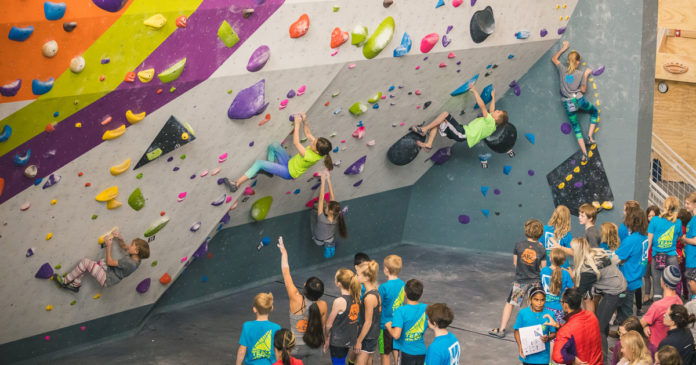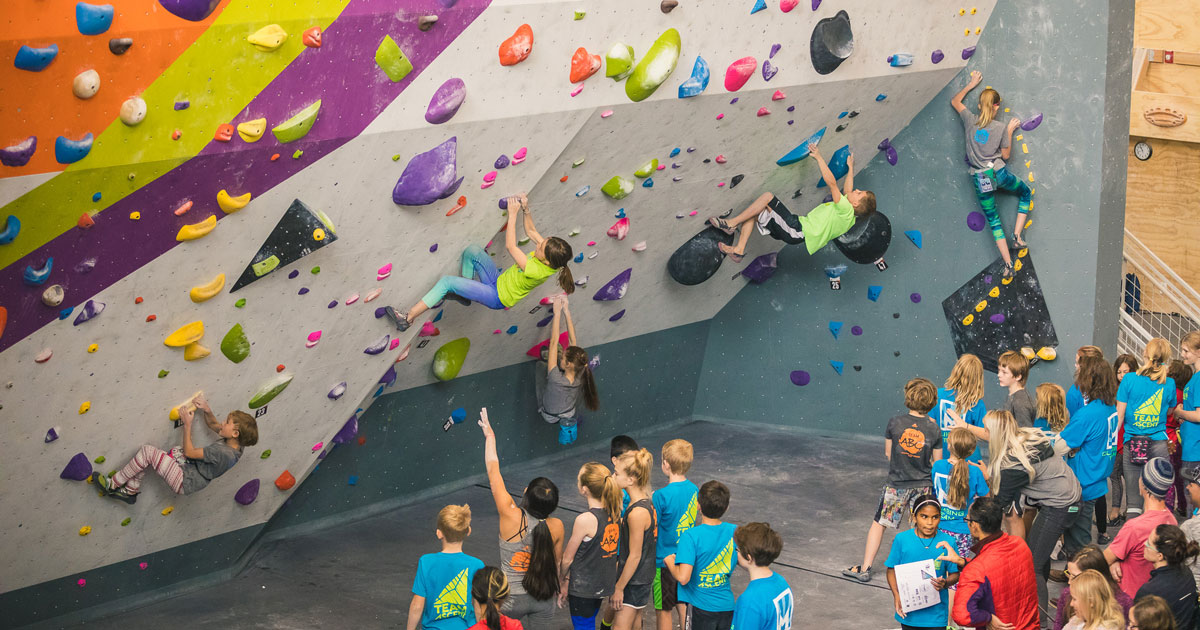
Youth climbing is booming. There is a growing number of gyms around the country, so the sport is naturally more accessible to youngsters than ever before. Also, as climbing cements itself more securely in the mainstream and in the lifestyle milieu, parents increasingly see it as a viable athletic option for kids. On the global level, climbing was part of the Youth Olympic Games in 2018. With this popularity of youth climbing, gyms should be increasingly cognizant of ways to optimize what they are offering kids—and what kids are getting out of the team experience. Here are 10 keys to making any youth program better, with special insider advice from youth program expert Nicole Brandt.
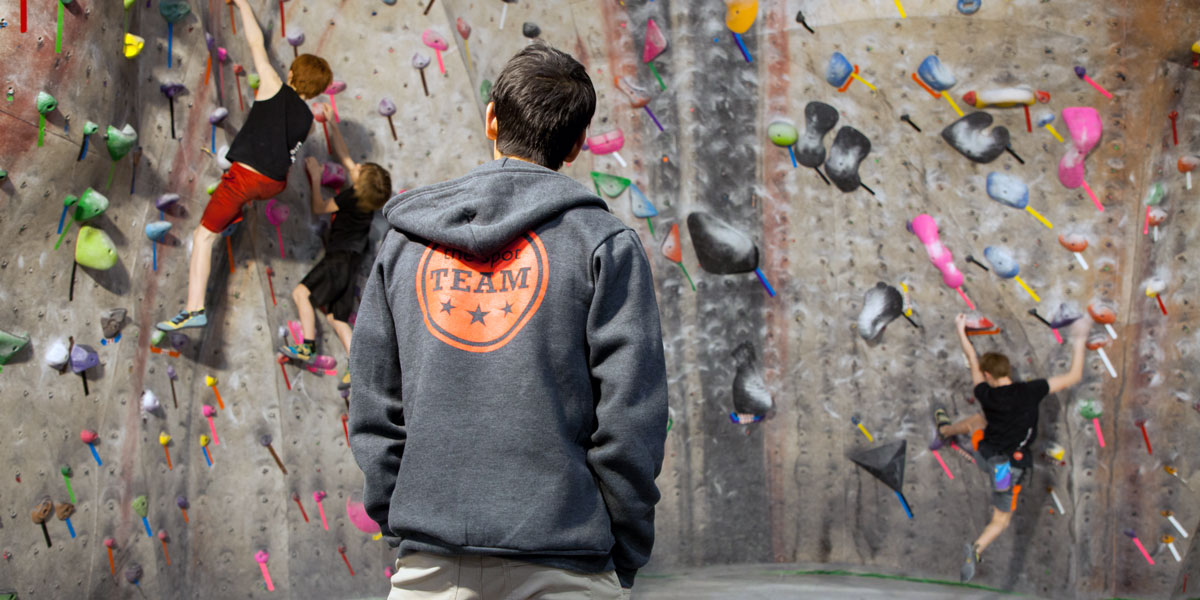
1. KNOW YOUR “WHY”
Although it sounds simple on the surface, every gym should have a concrete mission that is widely known among the staff. The mission might vary from gym to gym, with some facilities having youth programs because the members request them, others having youth programs because they could be profitable, and others having them because they cultivate the successive generations of great climbers.
Whatever the reason, all the coaches at a given gym should know what the youth program is. Furthermore, the values and curricula of that program should be documented. Knowing specifically why the youth program exists will help create parameters for success, it will help give direction to practices, and it will help with staff accountability.
Insight from the Expert: “The climbing industry is youthful and doesn’t have a consistent line of thought within coaching. We’re not there yet in the elite adult [disciplines], and we’re sure not there yet in recreational youth. [Whereas] if you go into the gymnastics world and you say, ‘What’s the very first thing you teach?’ You can go to the USA Gymnastics website, you can download a program, and every single gym that’s open in the country is going to have a curriculum to follow. Right now, in the climbing industry, every single youth program is trying to start from ground zero and figure out what they’re putting on paper. So, write it down, document your gym’s curriculum, document the values. Have a mission for your youth program.”
2. CREATE SUSTAINABLE COACHING POSITIONS
While youth programs can have success with volunteers, one big step towards betterment is paying coaches a livable wage. This does not mean that all coaches have to be working full-time at the gym. In fact, many programs around the country find success hiring working professionals who possess a deep desire to give back to the next generation of climbers in the evenings, once their “career jobs” have concluded for the day.
But any youth program is going to be greatly improved if there is at least someone on staff who is working in a career position as a youth coach. This person will be able to fully invest time and energy into youth training—and in development of the program on the whole.
Insight from the Expert: “If you have coaches who are in and out every year or six months or three months, you’re churning out all those kids and you’re not keeping them. The moment you can bring in sustainable, long-term people in coaching positions, you’ll have kids from the day they are young until they graduate from high school in your gym’s youth program.”
3. PROVIDE ON-BOARD TRAINING
Once a gym knows its “why” and has established some sustainable coaching roles, it must indoctrinate hirees into the gym’s specific methodology.
There are a number of topics that should be discussed in significant detail during the hiring process, including—but not limited to—the basics of climbing and coaching, the overarching goals of the youth team, the software and time clock and HR intricacies of the gym, appropriate conduct, and a host of other details that fall under the umbrella of “safety.” These details related to safety include the SafeSport initiative, injury treatment and prevention, age-appropriate training, and proficiency with belay equipment and other gear.
Insight from the Expert: “Training coaches at your gym sets the trajectory and tone of your culture. Teaching the specifics of how to operate and what policies are in place, and the ways your gym teaches climbing, can help create repeatability and not make a program’s success reliant on a singular coach.”
4. OFFER—AND ENCOURAGE—OUTSIDE TRAINING
Seeking out continuing education training is normal in many other careers as a way for employees to stay relevant and informed. Climbing should be no different—and the gym should do its best to offer tools for its employees’ search for knowledge . There are a number of resources that can be accessed and explored by coaches and staff related broadly to youth coaching and more specifically to climbing.
A sampling of resources includes the Positive Coaching Alliance, the National Alliance for Youth Sports, training workshops with Performance Climbing Coach, and seminars such as the International Coaching Conference.
Insight from the Expert: “The fact that there are so very few outside resources for climbing coaches is another point of the infancy of our sport. If you think about a yoga teacher training and the fact that they are a dime-a-dozen in a city now, whether or not those are good—that’s another conversation. But they exist, and there’s a governing body over the alliance of them. Same thing with ski instruction. And that’s not to say there’s not another way to get that information or be proficient in those sports, and the same applies for climbing right now. But so many other industries won’t even let you set foot in front of somebody unless you have a specified number of hours of training. Yet in climbing, we look on the wall and say, ‘Hey, he’s good at climbing—he should be qualified to coach.’ And I don’t think personally that’s a qualification to coach.”
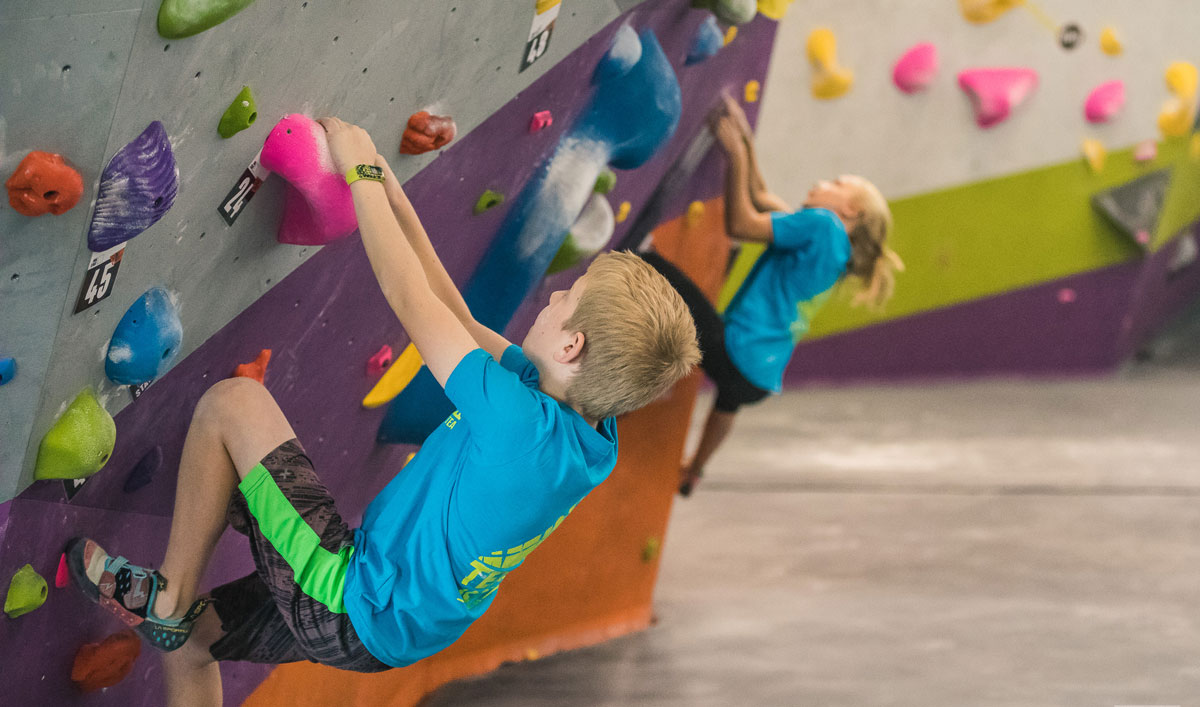
5. HAVE COACHES SIGN A CODE OF CONDUCT
All youth programs should establish standards that are acceptable and unacceptable, in regards to the coaches interacting with the kids. These include standards for behavior at the gym (during practice), as well as after-program times and instances that might be less predictable (such as traveling to and from venues on the day of a competition). A code of conduct should cover all of these areas and clearly define the expectations of the coaches. A criminal history/background check is also recommended.
There are a number of codes of conduct for other youth sports that can be found online, edited, and put into a climbing context. A code of conduct will help protect the gym from liability and help protect participants of youth programs. It will also establish from the get-go the notion that coaches are to be role models and mentors. The sooner this is done, the sooner the youth coaches can get focused on actually coaching.
Insight from the Expert: “A code of conduct can help define the culture that you want to create inside your program with clear expectations. With the number of kids becoming enrolled in climbing programs, statistically it’s not a matter of if, it’s a matter of when something will happen inside of a program. It’s good to be protected from any potential liability rather than scrambling to put a policy in place after an incident.”
6. IMPROVE SOCIAL MEDIA POLICIES
Determining what is acceptable and unacceptable behavior for coaches—and kids—on platforms like Facebook, Instagram, Twitter, and Snapchat is vital—because there is no doubt that members of the youth team will be active on them. There are a number of questions a gym must consider. Should coaches be able to dialogue with the kids? Should coaches be able to text the kids? Should coaches be able to “follow” kids on social media or “like” their posts or be “friends” at all?
While it can be difficult to fully regulate communication that is happening on a digital public forum, remember that social media can be a really good tool for presenting kids with model behavior. Some youth teams have very strict social media policies, while others are more relaxed. Whatever the case, both the kids and the coaches must be educated about the policy and its reasoning. Penalties for violating the policy should also be explained upfront.
Insight from the Expert: “Social media is a really good way to talk about—and educate—kids about how to be role models and leaders on their own social media. But have a way to talk about it, to talk about acceptable social media—rather than just assume coaches will be role models, because they’re not always.”
7. START A LIBRARY
Coaches are probably more likely to dive into books, journals, and magazines that can help their curricula if they have easy access to such materials at the gym. There are a number of books that can help with coaching, including Logical Progression by Steve Bechtel, Performance Rock Climbing by Dale Goddard and Udo Neumann, Coaching Climbing by Michelle Hurni, and Training for Climbing by Eric Hörst.
There are also a number of websites that offer relevant materials too, including climbing games and training interviews. To this point, a gym should encourage creativity and embrace new ideas when it comes to creating activities for kids on its youth team.
Insight from the Expert: “Climbing resources were initially developed as books, therefore some of the best info out there is in a book. If you run a google search for the technical skill you want to learn about, like many searches you get a large variety of answers, opinions and not all are the best possible practice. There isn’t one place to go for reliable info on climbing currently. That said, you are seeing the amount of digital content grow rapidly. Podcasts can be a valuable way to get the newer information about climbing.”
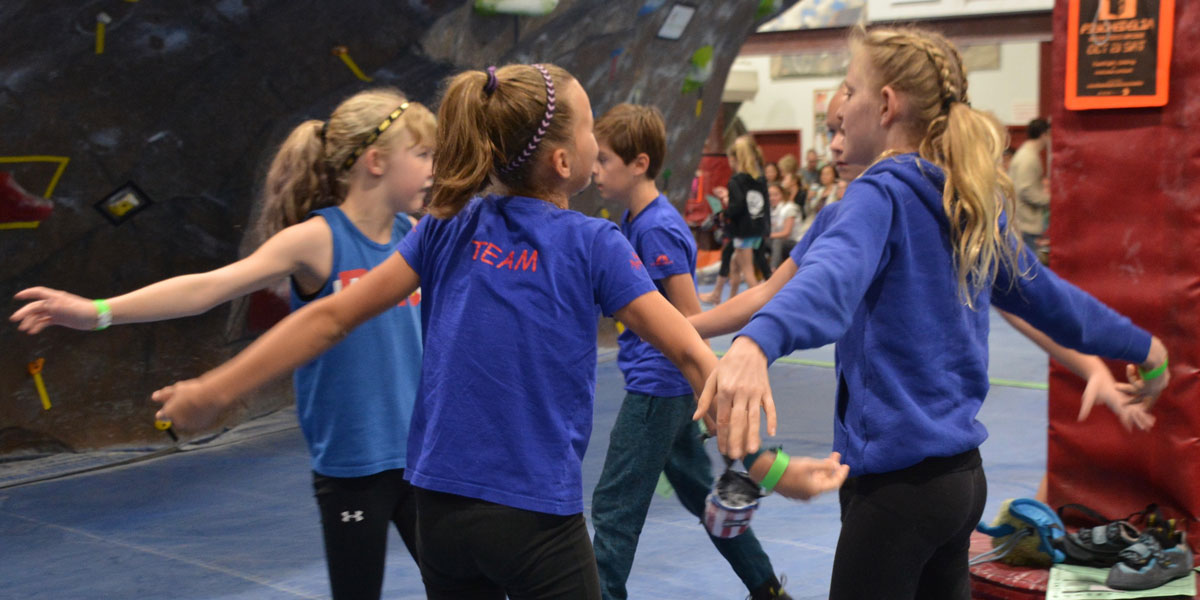
8. PRACTICE AGE-APPROPRIATE INJURY PREVENTION
One drill that should become standard for any youth program is properly warming up. This helps instill habitual preparation and the benefit of injury prevention rather than injury treatment. Some “classroom time” of explaining to the kids why stretching is important can help them appreciate it and take it seriously.
If coaches are seeking out academic materials on the subject, the International Rock Climbing Research Association and the Beta Angel Project are good places to start. The Child Development Institute also contains articles on physical and cognitive development.
Insight from the Expert: “If you ask a swimming coach or a soccer coach or a gymnastics coach how they warm up for their sport, they’ll all have a version of it but it will all look pretty similar. If you ask climbing coaches that, you’re going to get a range that doesn’t look anything like one another—or do they even warm up?”
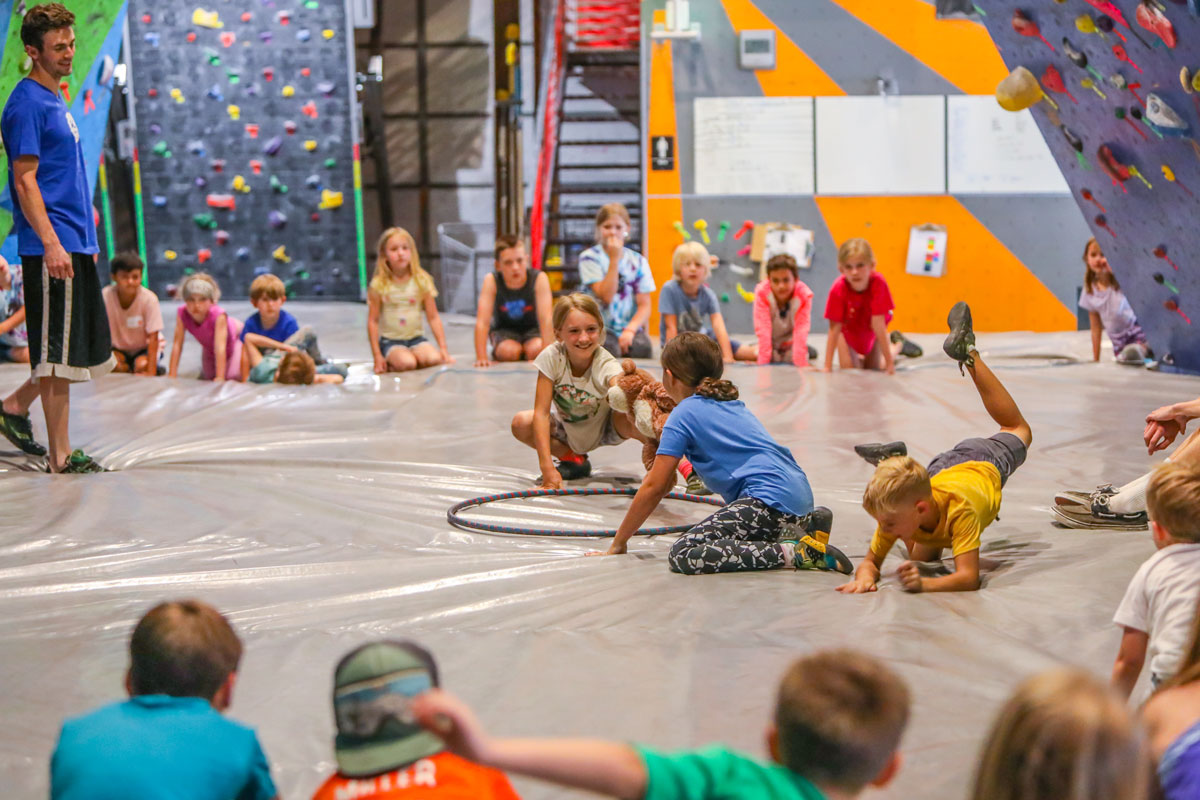
9. HOST SUMMER CAMPS
For many gyms around the country, summer can see attendance dip as families travel and take vacations. Thus, summer camp at a gym can be a way to increase slower summer revenue.
Camps should be fun, with a bit of climbing learning laced in throughout the day (or week). Depending on interest, a gym could offer different camps for different ages, as well as a more advanced training camp for those kids who are already deeply invested in the youth program.
Insight from the Expert: “The training camp is giving an option to those who are already participating in your youth program because that keeps them coming back for another product. That helps them be more engaged, and it gives them another summer activity. And an entry-level camp should be one of the main feeders into entry level youth programs.”
10. PUBLISH A TEAM NEWSLETTER
Regularly offering a newsletter will help the kids and their parents feel like they are part of something greater. The letter could be as simple as a mass email sent to team parents, or regular updates on a team Facebook page, or a photocopied document with bullet points. It could also be more extensive (and expensive), such as a multi-page document that is bound and mailed quarterly. Regardless of the format, the team newsletter should deliver news first and foremost, with a secondary purpose of marketing the program. The letter can discuss youth-specific happenings at the gym and highlight participant successes. (Did a young climber get to the top of the wall for the first time? Did a teen climber learn how to lead climb?).
A newsletter can also inform parents who might be less familiar with the sport. It can offer climbing vocabulary, and it can profile the coaches and the gym staff members. In some cases, the newsletter could also announce upcoming dues, camps, movie nights, and competitions. This will help create and maintain a sense of community and keep the communication open if parents have questions.
Insight from the Expert: “I’ve seen positive success with both online and print newsletter options. Generally, parents are hungry to be involved, and this is a way to keep them in the loop.”
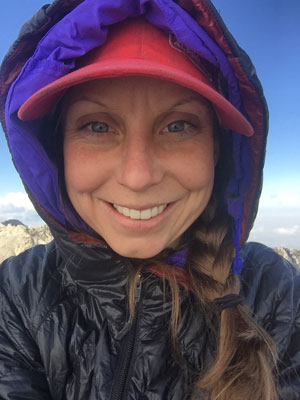
About the Expert: Nicole Brandt is the owner of Cypress Roots Consulting, which offers advice on organization, programming, strategic development, and culture to climbing gyms around the country. She is the former Youth Program Director at Momentum Climbing based in Salt Lake City, Utah.

John Burgman is the author of High Drama, a book that chronicles the history of American competition climbing. He is a Fulbright journalism grant recipient and a former magazine editor. He holds a master’s degree from New York University and bachelor’s degree from Miami University. In addition to writing, he coaches a youth bouldering team. Follow him on Twitter @John_Burgman and Instagram @jbclimbs. Read our interview Meet John Burgman, U.S. Comp Climbing’s Top Journalist.




